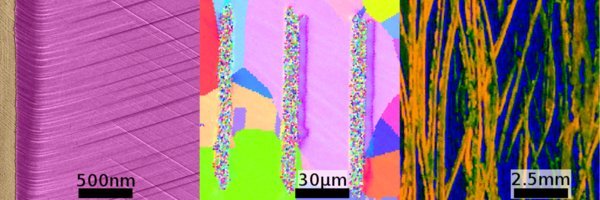Nanotribology
“Tribology” is the study of friction and wear. Both mechanisms occur in the majority of transportation and manufacturing equipment and the friction induced energy loss is around 30-40%. Hence, the reduction of friction leads to a reduction of the energy requirement and therefore environmental and financial protection.
Friction and wear have four important characteristics:
- Friction is the energy dissipation without remnant changes to the sliding bodies or their microstructure
- Wear implies the creation of wear particles, changes to the subsurface microstructure of the sliding bodies or/and the evolution of a surface roughness. All three wear contributions can lead to a further increase in the friction.
- Lubrication, either solid or liquid, reduces the friction, cools the contact and carries wear particles away.
- Although the initial surface might visually appear smooth a roughness on the micrometer length scale exists. Therefore, in real engineering applications micrometer asperities of both sliding bodies develop contact and interact. To the contrary, the interaction of atomically flat surfaces only occurs in very few applications.
The Nanotribology group of the "Structure and Nano-/Micromechanics of Materials" Department at the Max-Planck-Institut für Eisenforschung investigates the contact of a single micrometer asperity and uses that knowledge to further the understanding the tribology induced microstructure. To this end we experimentally study the wear during a single stroke or during reciprocating strokes in different steels.
We investigate:
- How the microstructure of the material evolves: does the grain size decrease;
- How the scratching depth and the friction coefficient depend on the applied force and the contact radius of the asperity;
- How plasticity is initiated in the grains and how grain boundaries influence the plasticity around the scratch;
- How lubrication and humidity influence friction and wear.
In addition to external researchers, our collaborators in the Max-Planck-Institut für Eisenforschung are:
- Dr. Roters (MA Department) to investigate the grain orientation dependent plasticity.
